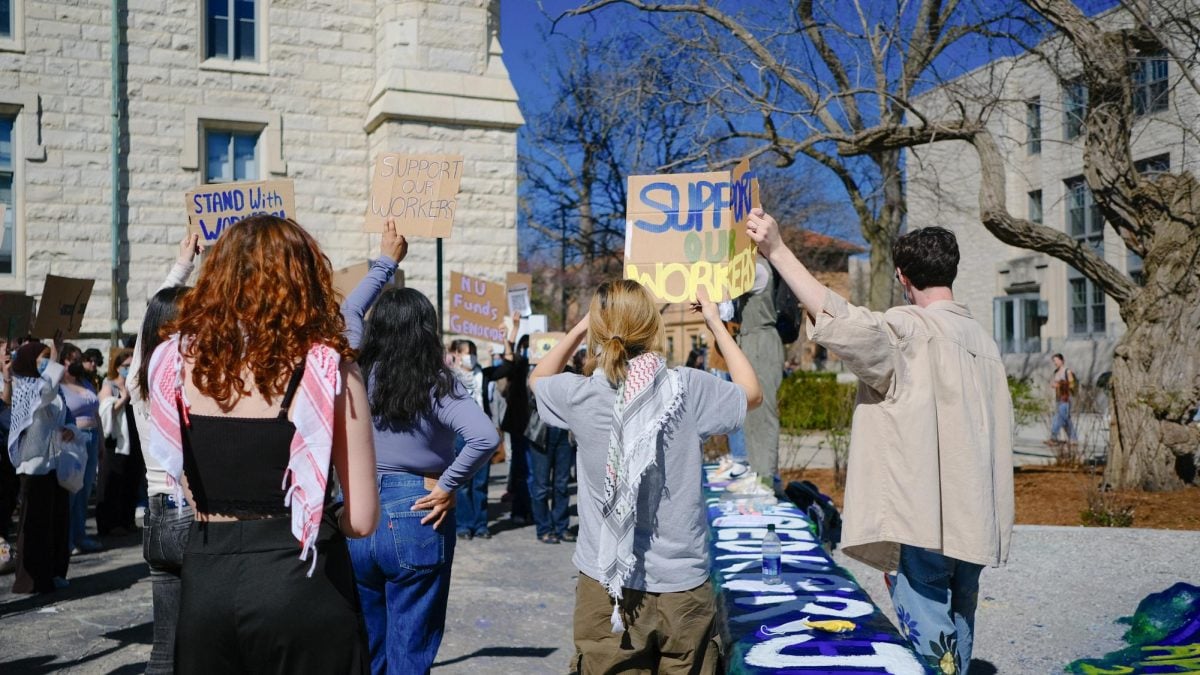Michelle Weinberger, an assistant professor in Medill Integrated Marketing Communications, stays late at work. She stays not to grade assignments or get paid overtime, but because she would rather be in the office than waiting outside in the cold.
“I ended up changing my schedule and staying late so that I don’t have to end up waiting 45 minutes for a shuttle,” Weinberger said.
Weinberger’s long wait is due to overcrowding in campus shuttles, an issue University Services has been battling since fall.
University Services sent students, staff and faculty an email in November updating them on construction and reminding the campus of their mission statement regarding transportation, which does not include a commitment to commuters.
The email read: “It’s important to note that the mission of the intercampus shuttle is to transport faculty, staff and students between campuses while on University business. Its primary mission is not intended as a way to commute to work or school; however, as a secondary benefit when capacity exists, we make every effort to accommodate others within the framework of its original mission and budget restrictions.”
University Services issued the statement because overcrowding pervaded intercampus shuttles, the shuttles that run between NU’s Evanston and downtown Chicago campuses, which is a common commuter route.
“People have been relying on that as a ‘get to work for free’ service,” manager of transportation services Marge Grzeszczuk said. “That’s not the intent of the service.”
Several months after the November email, professors and students continue to use the shuttle for commuting when the weather does not permit them to bike or walk.
Weinberger said she decided to move to Main Street and Chicago Avenue in Evanston because she knew the shuttle stopped there.
“That email was a little off-putting from the University because I wondered why they were being so restrictive,” Weinberger said. “I thought that the University should be facilitating faculty, students and staff that aren’t driving to school.”
Weinberger added that many students, staff and faculty live in south Evanston because there are no other options financially.
According to Grzeszczuk, campus shuttles move about 70,000 people per month, which poses a management problem for transportation services.
“I totally understand that there is mixed messaging with the mission statement,” Grzeszczuk said. “The problem is the popularity of the intercampus shuttle has increased over the years. We’re trying to maintain the popularity of it while maintaining the mission statement, but it is a little difficult to police.”
The purpose of the intercampus shuttle, Grzeszczuk said, is to “unite the two campus communities, ease congestions and decrease the need for parking on both campuses.” This applies to students who need to commute between campuses for work, labs and internships.
“The University doesn’t pay me to take the Metra train to campus or to park here,” Grzeszczuk said. “That is something that I have to pay out of my pocket.”
Carolyn Sullivan, a Communication graduate student, lives in Rogers Park and uses the intercampus shuttle three times each week.
“If you live anywhere out of Evanston, I think it’s justified that you need the shuttle to get home,” Sullivan said.
Despite the reiteration of the mission statement, overcrowding has persisted during heavy commuting hours. Lines to get on the shuttle can often be so long that riders have to wait to get on a different bus.
“The difficulty has been the threat of not being able to get to the class that I’m teaching,” Weinberger said. “That the bus is actually too crowded to get on it. I’m fearful that I won’t be able to get on the bus. For coming home, it’s a matter of inconvenience.”
Grzeszczuk recommended people adjust their schedules so they don’t have to travel during rush hours. She also said University Services is trying to educate the NU community about other transportation options.
Beth Corzo-Duchardt, another Communication graduate student and frequent shuttle user, relayed student concerns about the number of buses.
“I hear people complain about it being crowded and complain that there should be more buses,” Corzo-Duchardt said. “I’d support that.”
Adding buses, however, is not in the University Services budget.
“Until additional funding is allowed, this is what we have to work with,” Grzeszczuk said.







